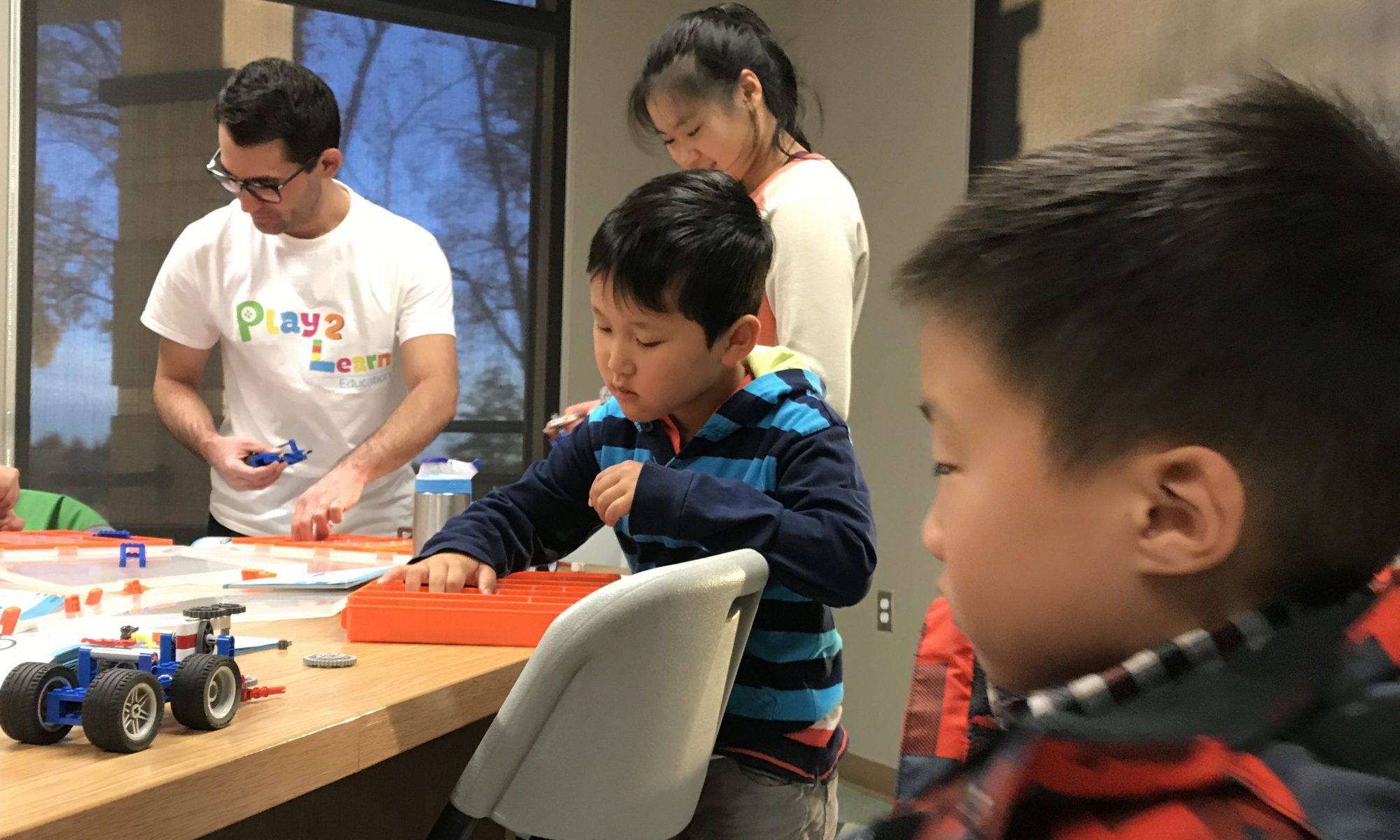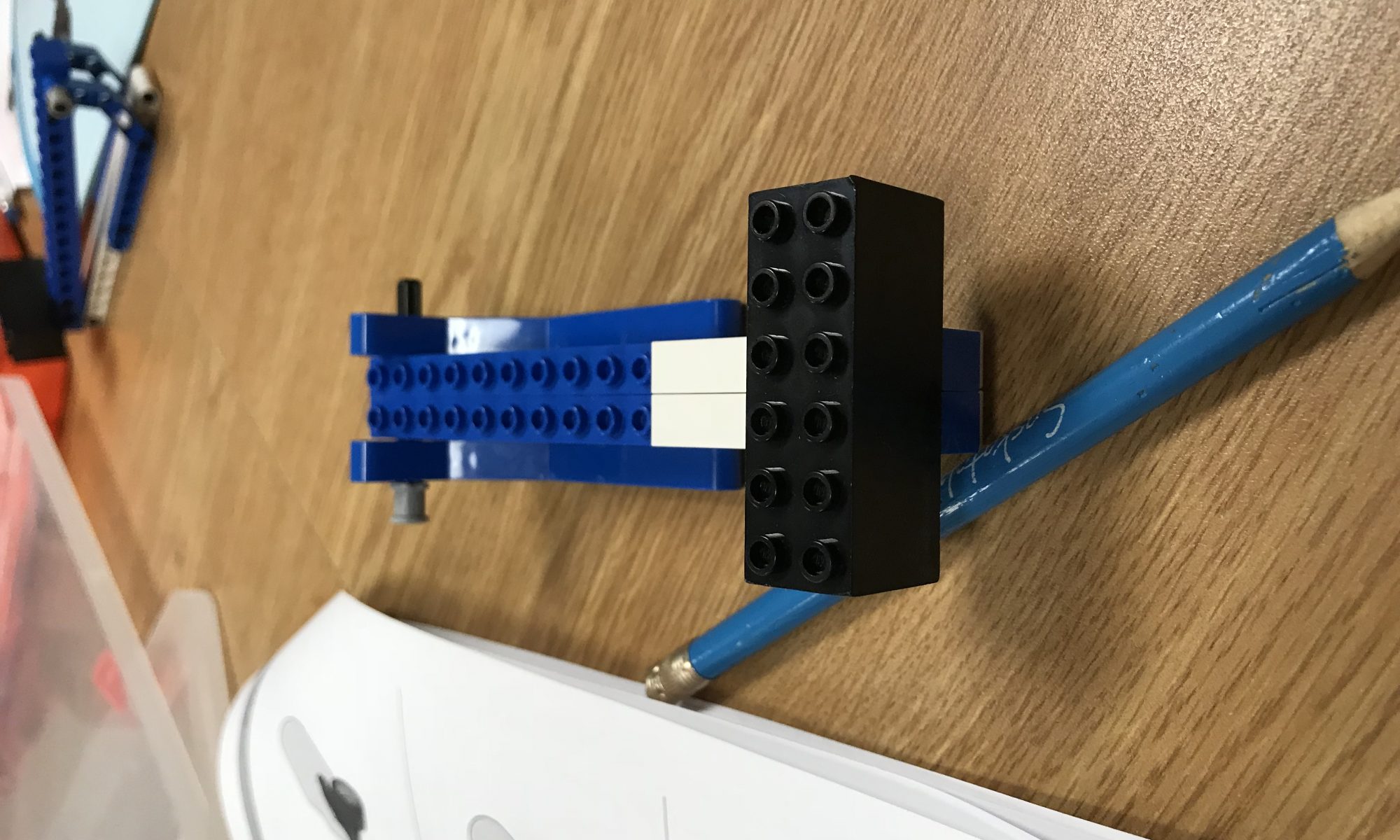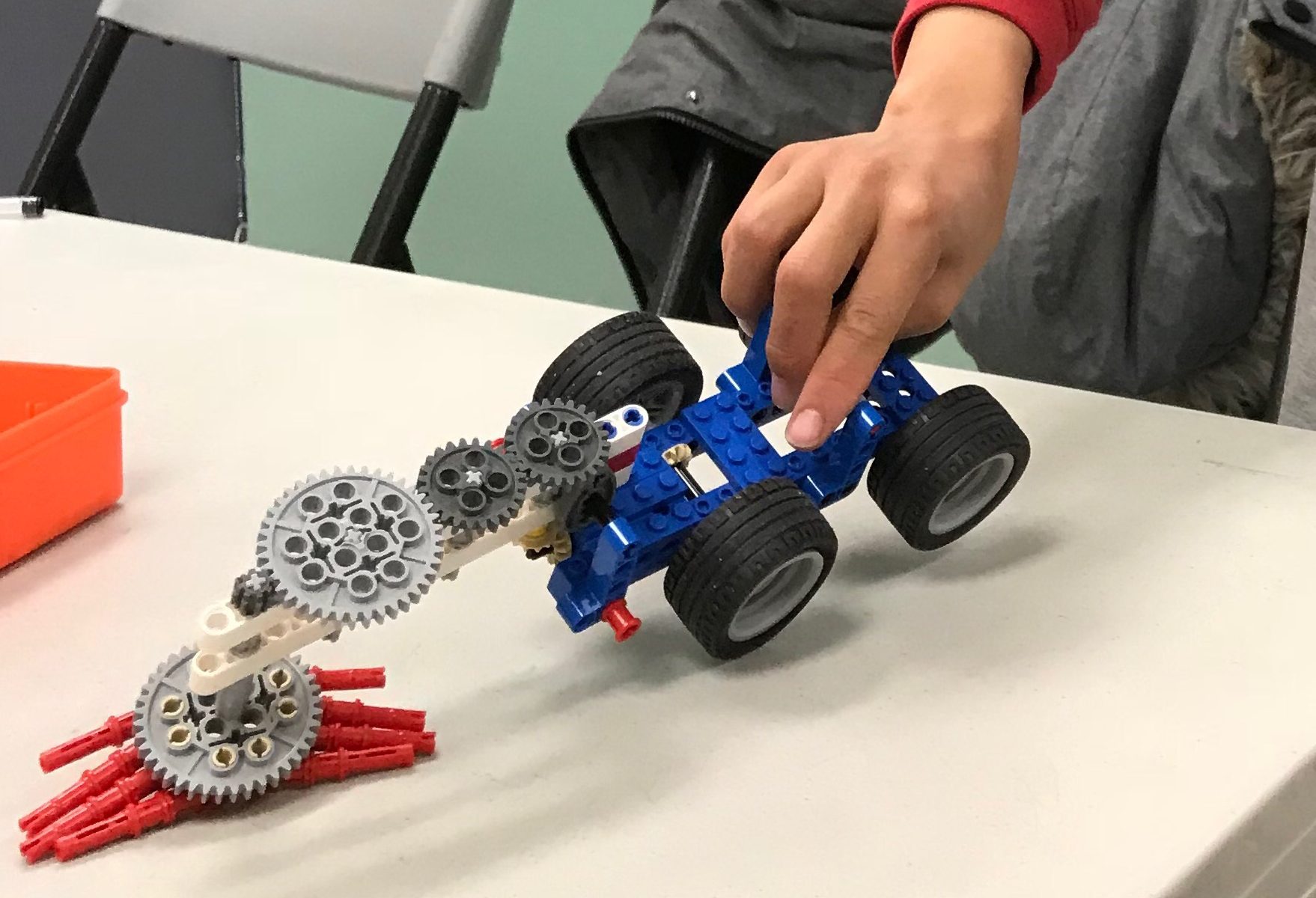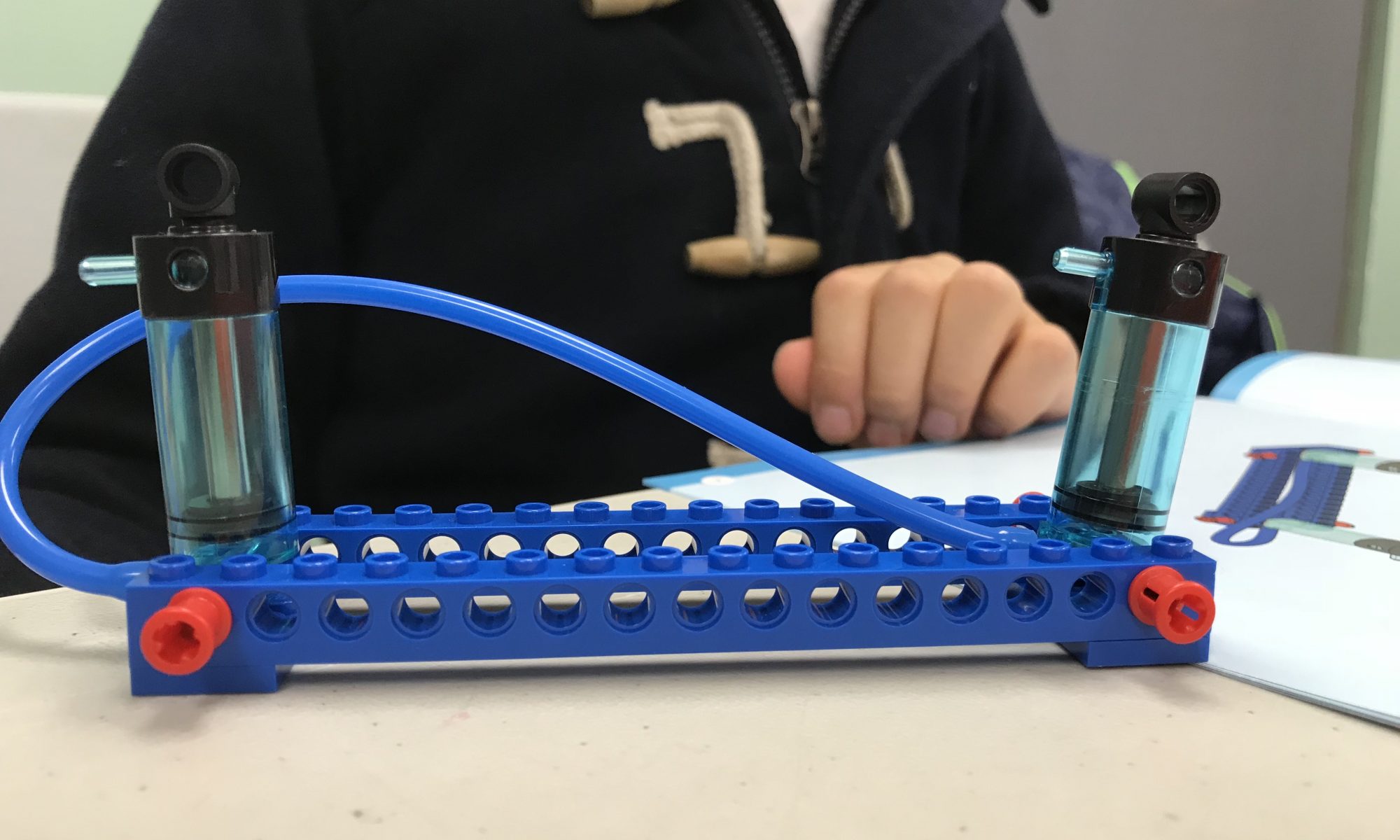In class the kids worked on the sweeper which is a mechanical vehicle that clears the path in front of it. It was a good exercise to help them learn the concepts of motion, force, and friction while enjoying their time playing with legos. This project was a little more challenging than the previous weeks, but everybody was able to finish in time and understood the assignments well. Next week we will be working on an interesting project called The FlyWheel.
Communication ECA Phase II Class 4: Principal Model 20171004
In the last class we started working on the Principal Models. They are a collection of projects that help the children learn about introductory physics, and a great exercise for learning about the concepts of motion, force, friction, weight, potential energy, etc. Each task is divided into small parts, so they are easily grasped by the kids. To make the class more than a science course, and to make it engaging and enjoyable, the kids took their time to play with their legos and compare them with each other. Next week we will continue to work on the Principal Models.
Communication ECA Phase I Class 4: Sweeper 20171004
The students first built a Lego Sweeper, which can be used to study the gear system. They conducted the experiment to observe the sweeper rotation speed under the different gear combinations. During the experiment, the students need to change the combination of gears, so the gear ratio is different, thus the rotation speed varies. The STEM information behind this section is the gear ratio of gear systems, which can be calculated by the gear teeth number of the passive driven gear divide by the active drive gear. All the students finished the model building part and did the experiment with different level. They enjoyed this section.
Communication ECA Phase III Class 4: Pneumatic: Principal Model 20171004
The theme of today is the principal model introduction of Pneumatic systems, which is the key tutor lecture of the next following four sessions. Generally, the chief purpose of this section is to learn the basic knowledge of the pneumatics systems by conducting several experiments.
In this section, 13 models with increasing complexity were built. The models consist components from just cylinders and pumps to the air valve, the air tank, and the manometer. With the complexity of the model increased, the students learned the design philosophy and working principles of the cylinder, the pump, the air valve, the air tank, and the manometer, which built a solid ground for the next following advanced pneumatic application models.
The STEM information behind this section is the pneumatic systems including the cylinder, tubes, and the air pressure measurement instruments. All the students followed the tutor instructions and finished the designed model experiments. The principal model introduction section is very informative but less interesting.






